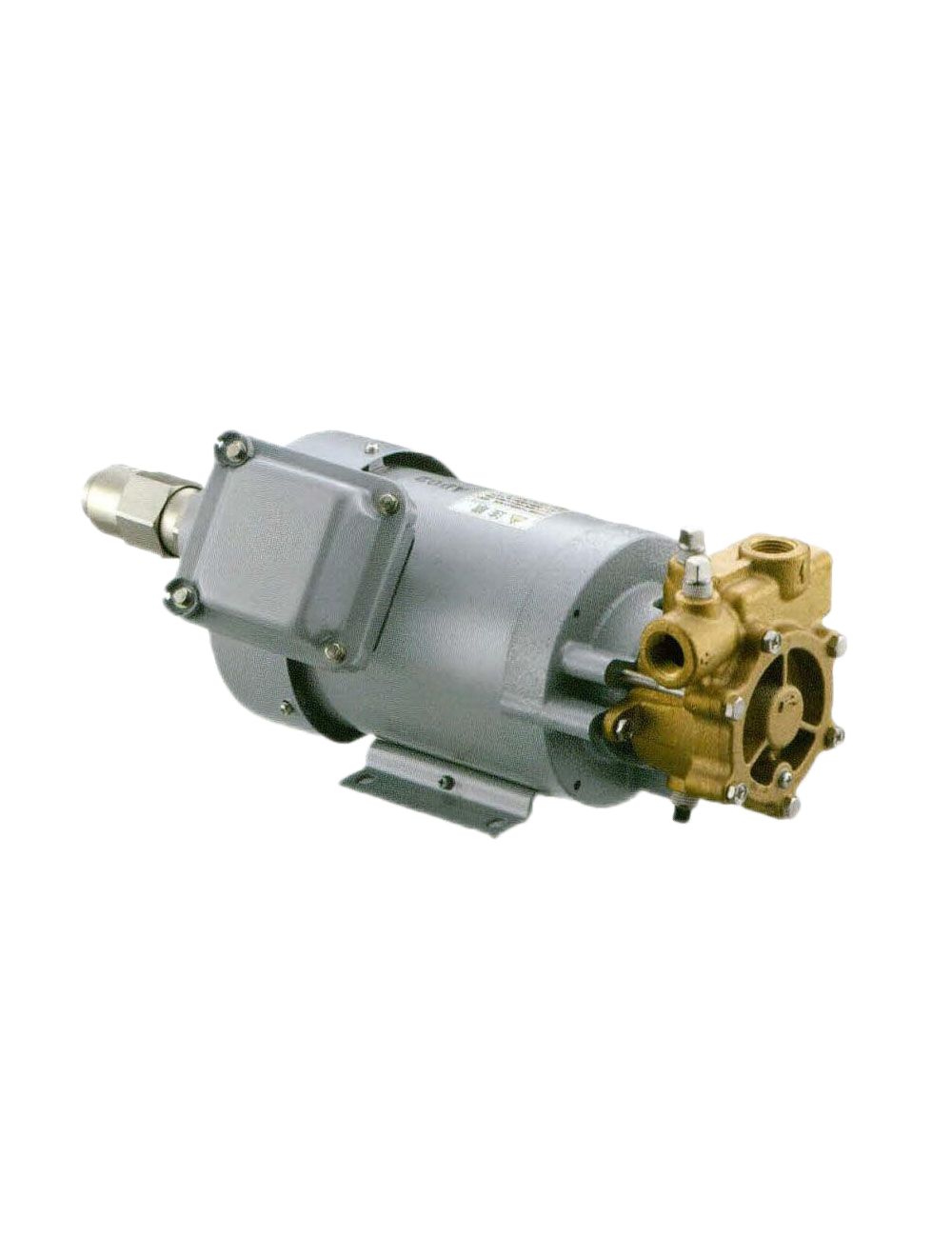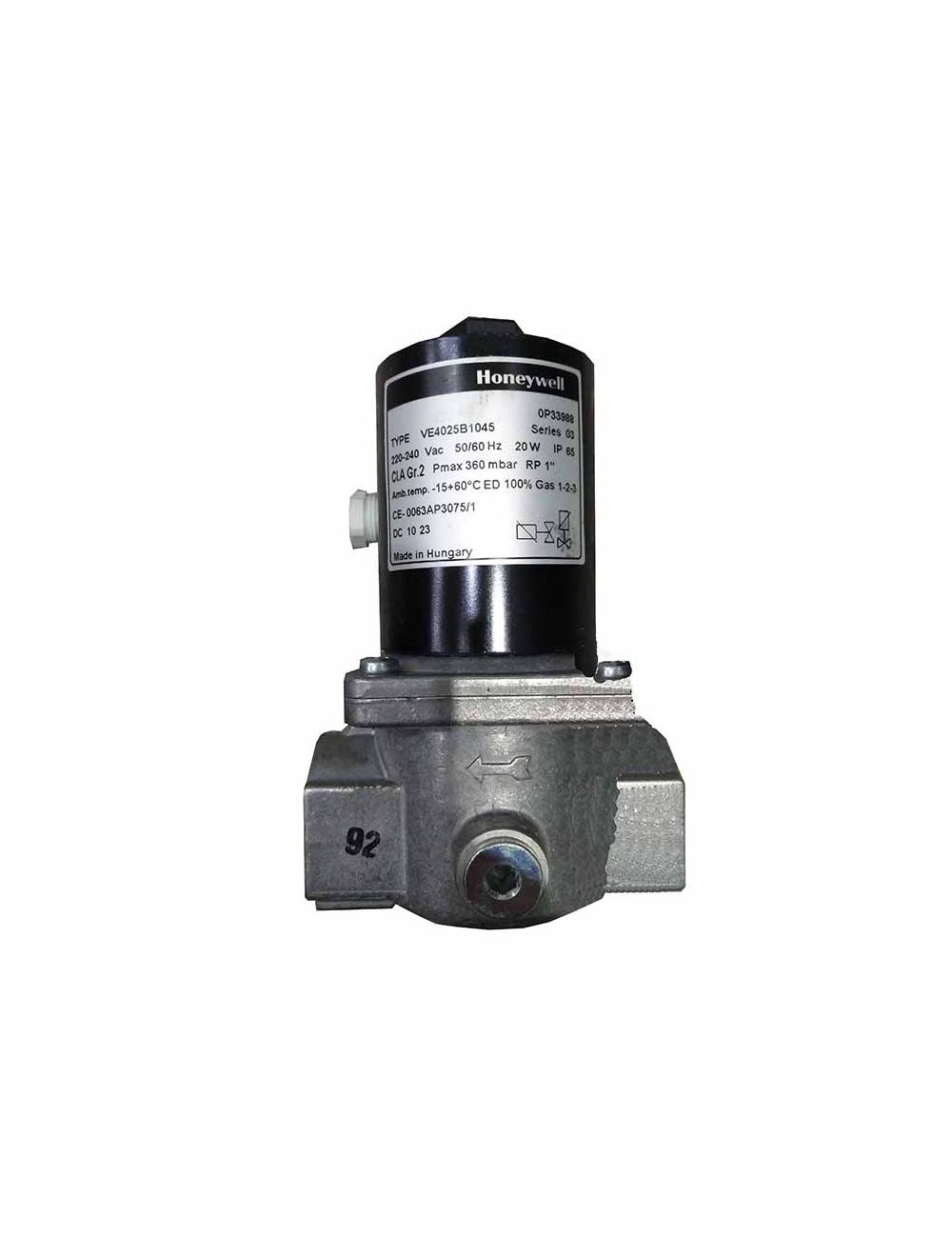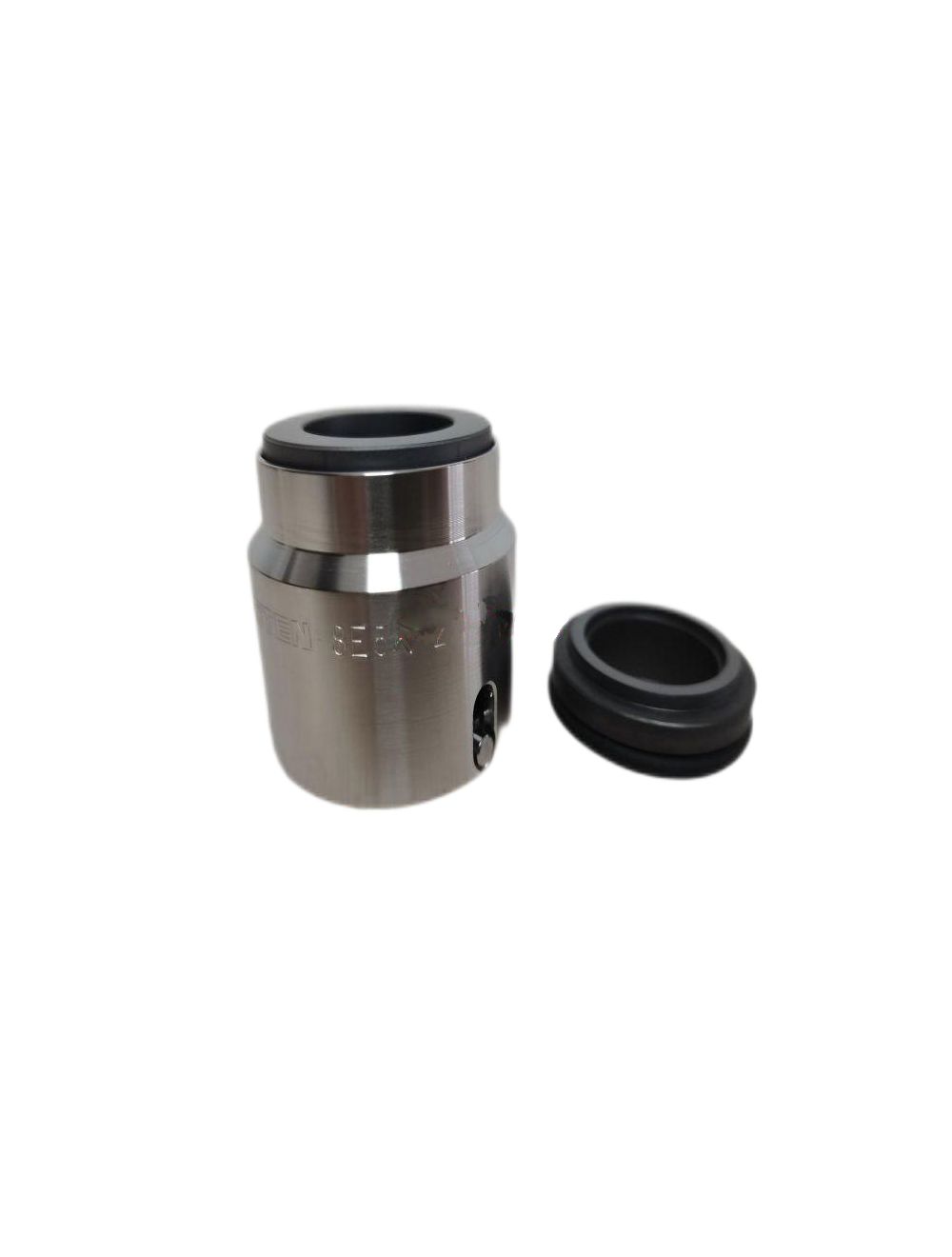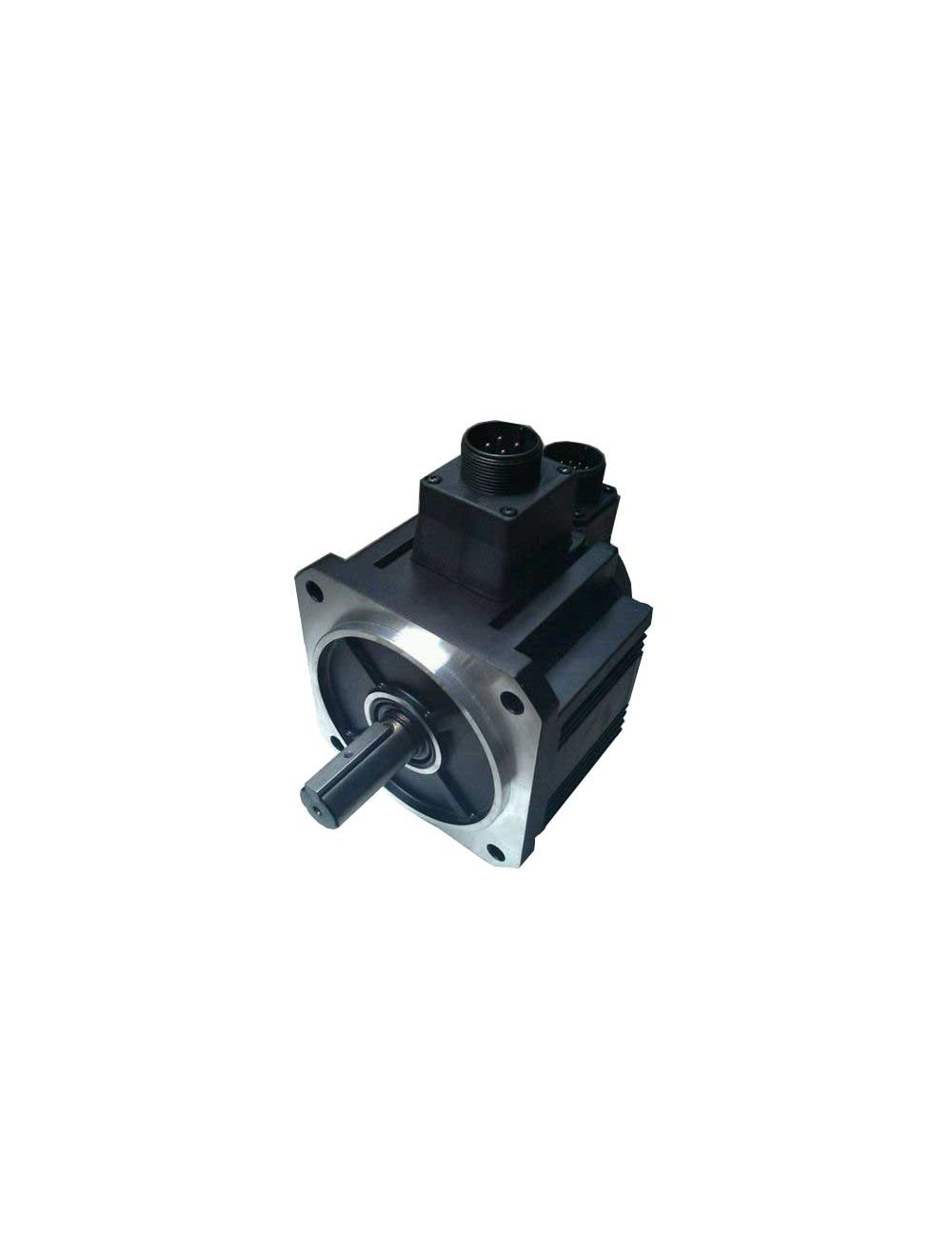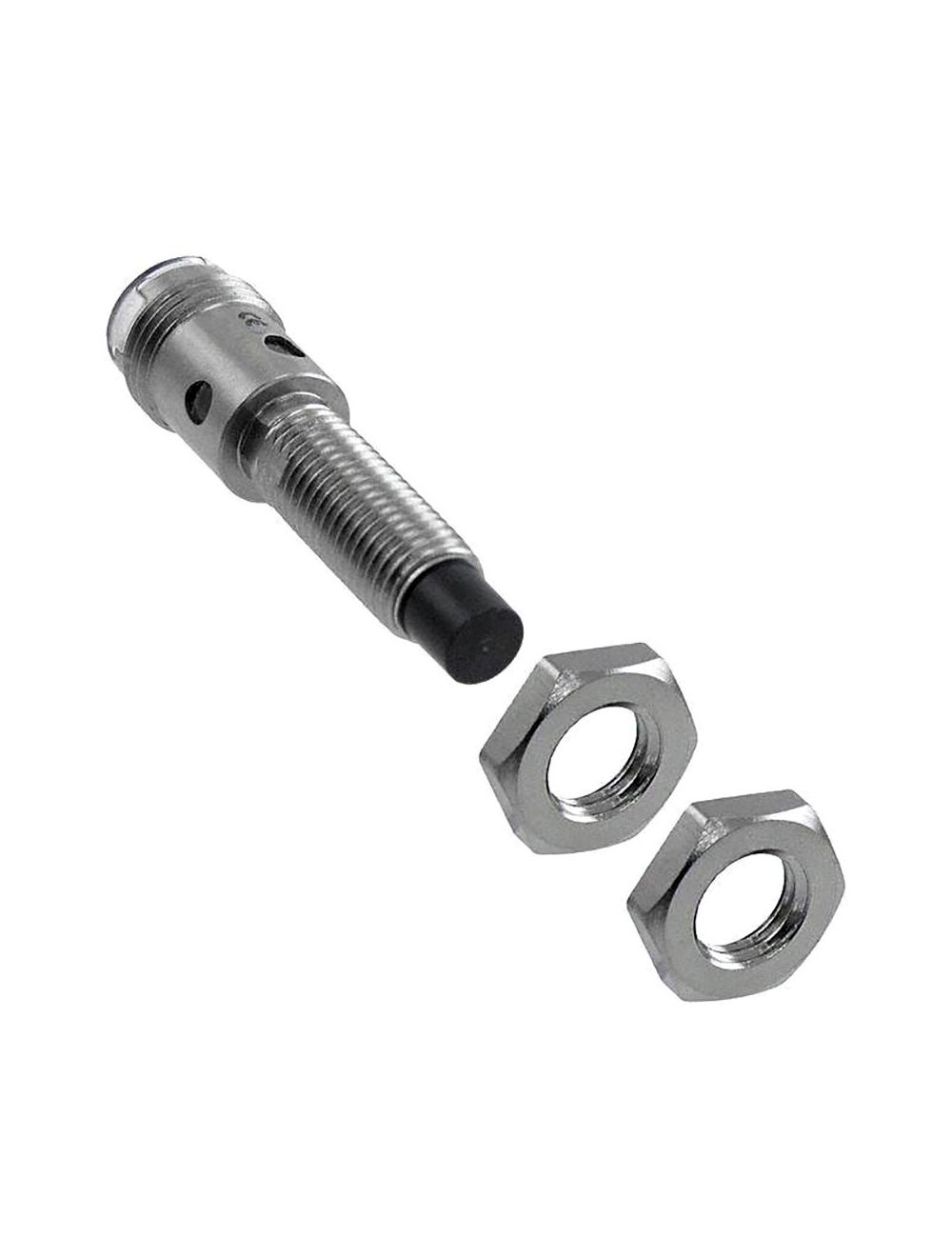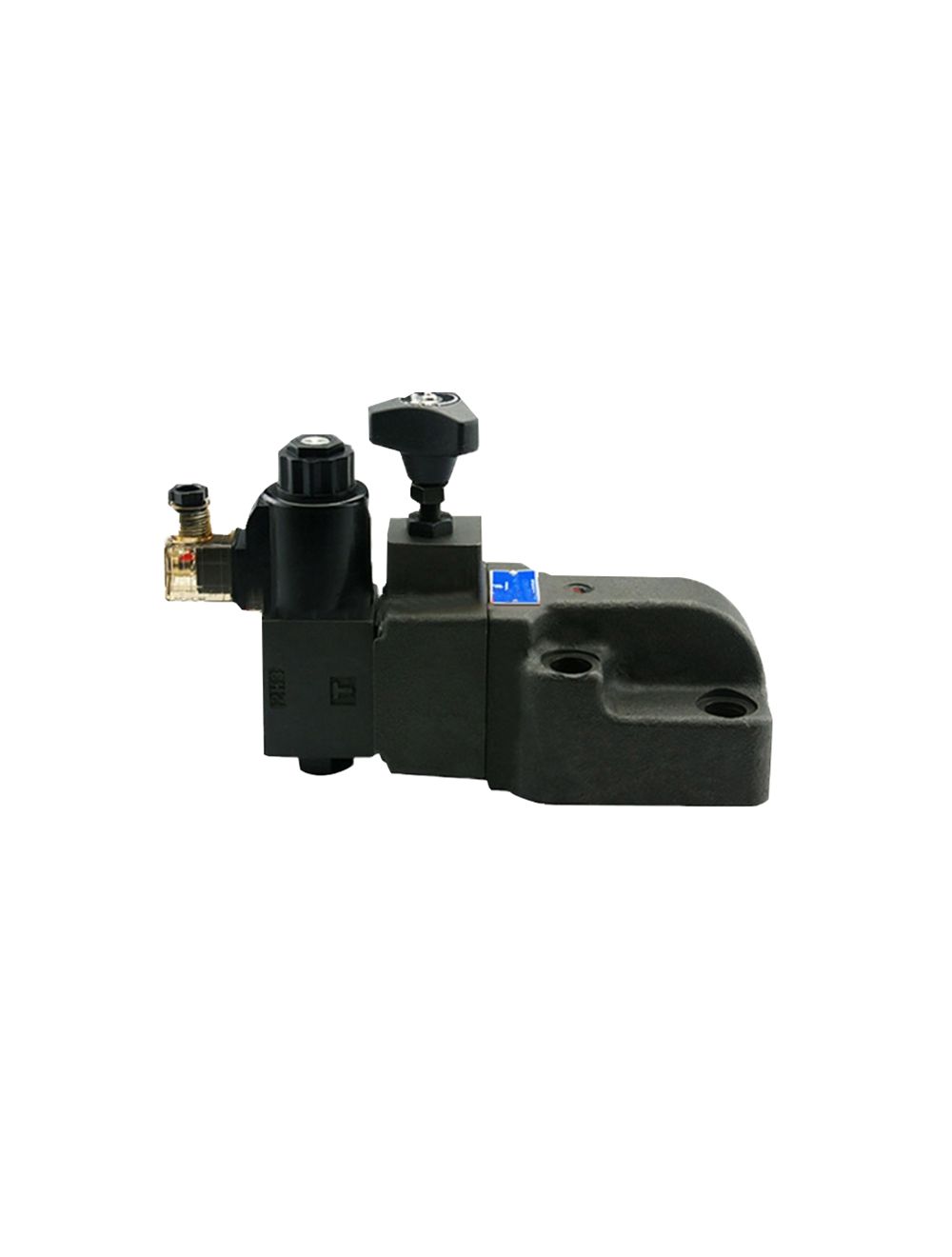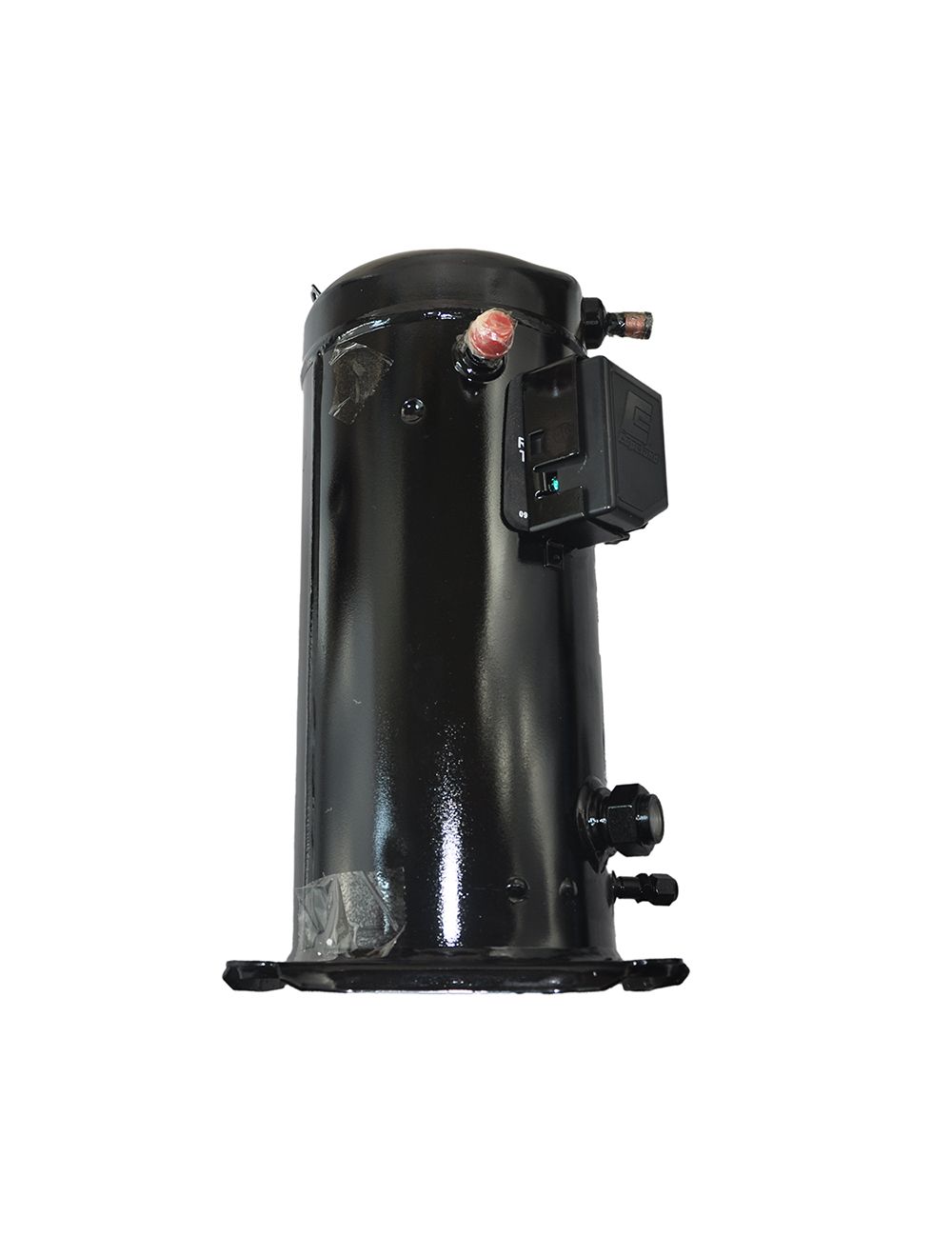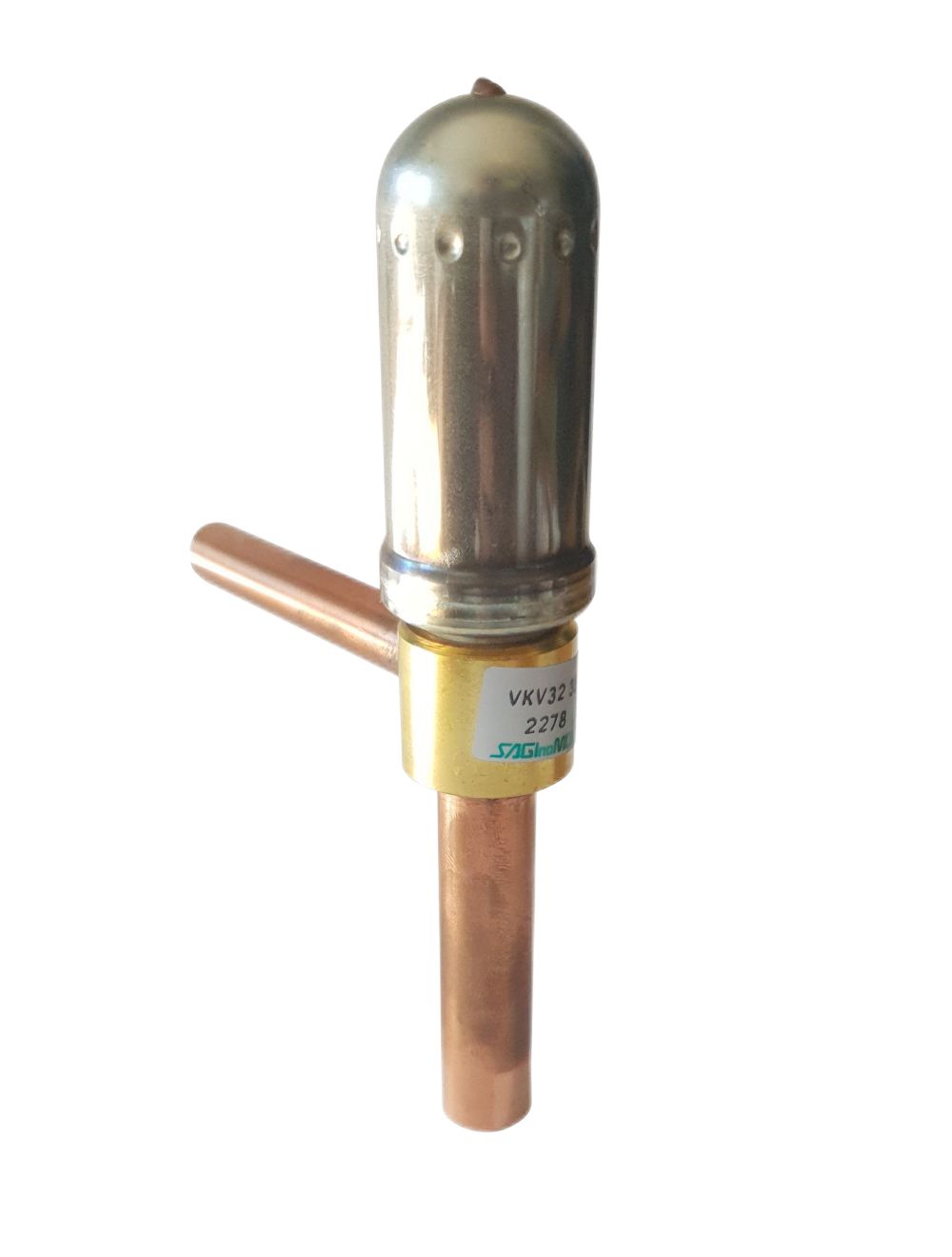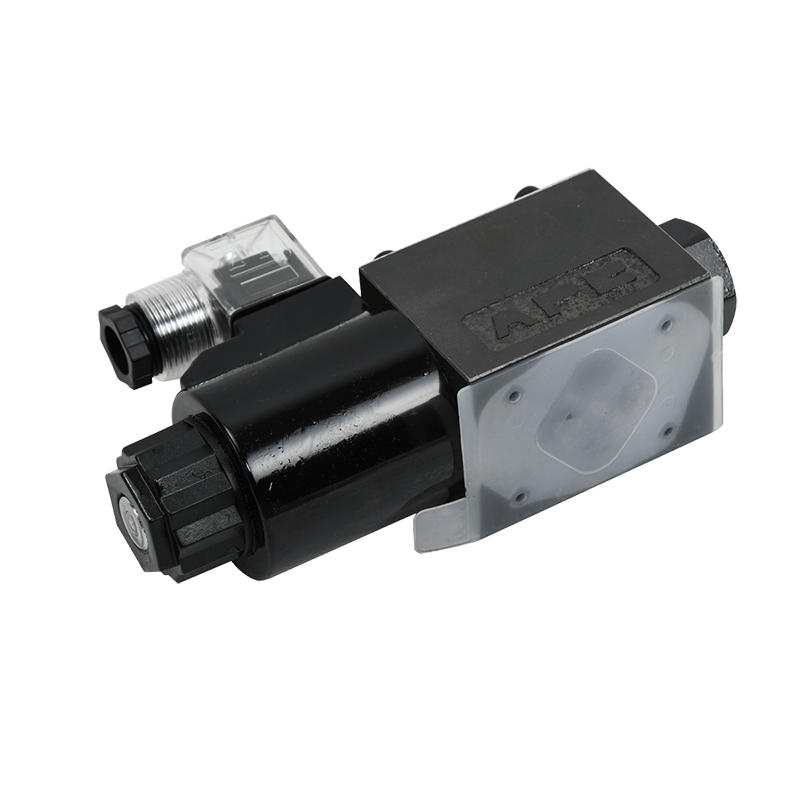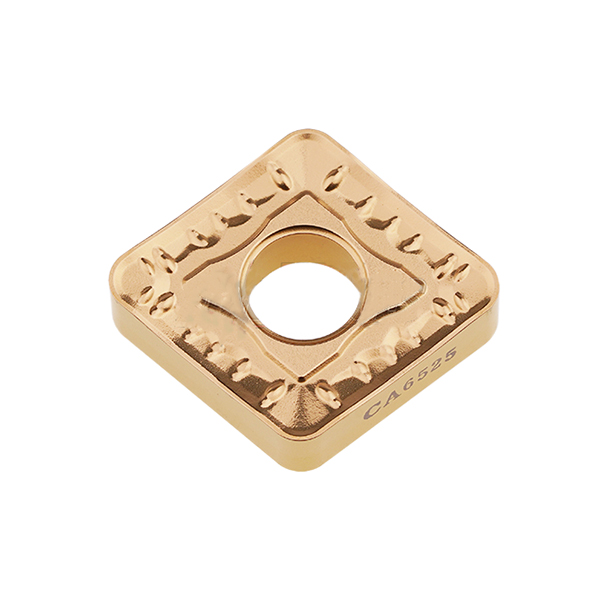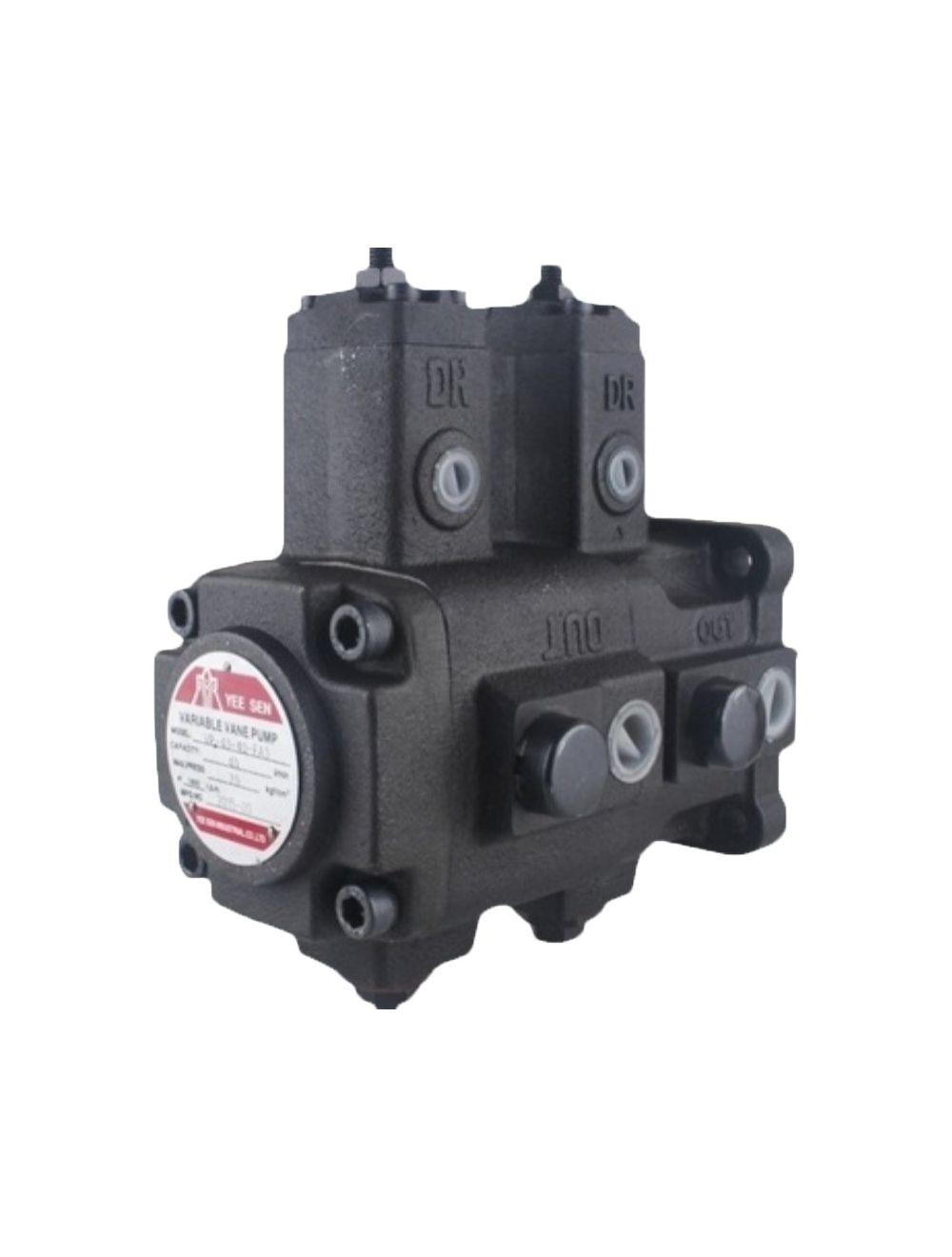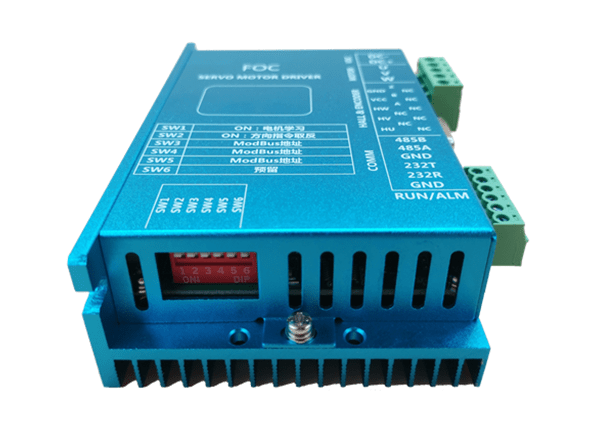
In the realm of industrial automation, the term "servo drive" has become synonymous with precision and efficiency. These sophisticated electronic devices play a crucial role in controlling the motion of motors, providing unparalleled accuracy in a variety of applications. This article delves into the fundamentals of servo drives, exploring their definition, working principles, and the diverse range of applications they serve.
1. What is a Servo Drive?
A servo drive, at its core, is an electronic amplifier that powers and controls the movement of a servo motor. A servo motor, in turn, is a specialized motor designed for high-precision control and accuracy. Unlike traditional motors, servo motors work in conjunction with a feedback mechanism, typically an encoder, to continuously monitor and adjust the motor's position.
Servo drives are the brains behind this intricate dance of motion control. They receive signals from a controller or a computerized system and translate these commands into precise movements of the servo motor. The overarching goal of a servo drive is to maintain the motor's position, speed, and torque within specified parameters, ensuring a high level of accuracy in various applications.

2. How Does a Servo Drive Work?
The operation of a servo drive involves several key components and a closed-loop feedback system. Let's break down the fundamental workings of a servo drive:
Controller Input:
The process begins with a controller, which could be a programmable logic controller (PLC) or a computerized system. The controller generates signals that dictate the desired motion parameters, such as speed, position, and torque.
Feedback Mechanism:
An essential element in the servo drive system is the feedback mechanism, typically an encoder. The encoder continuously measures the motor's actual position and feeds this information back to the servo drive. This closed-loop system allows the drive to make real-time adjustments to achieve the desired motion.
Signal Processing:
The servo drive processes the input signals from the controller and compares them with the feedback received from the encoder. Using sophisticated algorithms, the drive calculates the error – the difference between the desired and actual position.
Amplification and Control:
The servo drive amplifies the control signals to provide sufficient power to the servo motor. It adjusts the voltage and current supplied to the motor based on the error calculations, effectively minimizing any deviation from the desired position.
Motor Movement:
The servo drive's output is then sent to the servo motor, instructing it to move to the desired position. The motor, with its high-precision design, responds swiftly and accurately to these commands.
Continuous Feedback Loop:
Throughout the motion process, the feedback mechanism continues to monitor the motor's position. This information is constantly fed back to the servo drive, closing the loop and allowing for real-time adjustments. This continuous feedback loop ensures that the motor maintains precise control over its movements.

3. What are Servo Drives Used for?
Servo drives find application in a myriad of industries and processes where precise motion control is paramount. Some common uses include:
Industrial Automation:
In manufacturing processes, servo drives play a crucial role in controlling the movement of robotic arms, conveyor belts, and other automated systems. Their ability to provide precise positioning and rapid adjustments enhances the efficiency and accuracy of production lines.
CNC Machining:
Computer Numerical Control (CNC) machines rely on servo drives for controlling the movement of cutting tools and workpieces. This ensures high-precision machining in applications such as milling, turning, and laser cutting.
Packaging Machinery:
Servo drives are extensively used in packaging equipment to control the movement of packaging materials, ensuring precise cutting, folding, and sealing. This is particularly important in industries where product packaging requires exact dimensions and consistency.
Aerospace and Defense:
In the aerospace and defense sectors, servo drives are employed in applications ranging from aircraft control surfaces to missile guidance systems. The ability to achieve precise and rapid movements is crucial in these high-stakes environments.
Medical Devices:
Medical equipment, such as robotic surgical systems and diagnostic devices, relies on servo drives for precise and controlled movements. This is especially critical in procedures where accuracy and reliability are paramount.
Renewable Energy Systems:
Servo drives are integral components in renewable energy systems, particularly in solar tracking systems and wind turbine control. They enable the efficient tracking of the sun or wind, optimizing energy harvesting.

4. Conclusion
In conclusion, servo drives are the unsung heroes of the modern industrial landscape, providing the precision and control necessary for a diverse range of applications. Understanding the basics of servo drives, from their fundamental workings to their versatile applications, sheds light on their vital role in advancing automation and manufacturing processes. As technology continues to evolve, servo drives will likely remain at the forefront, driving innovation and efficiency in motion control systems.

